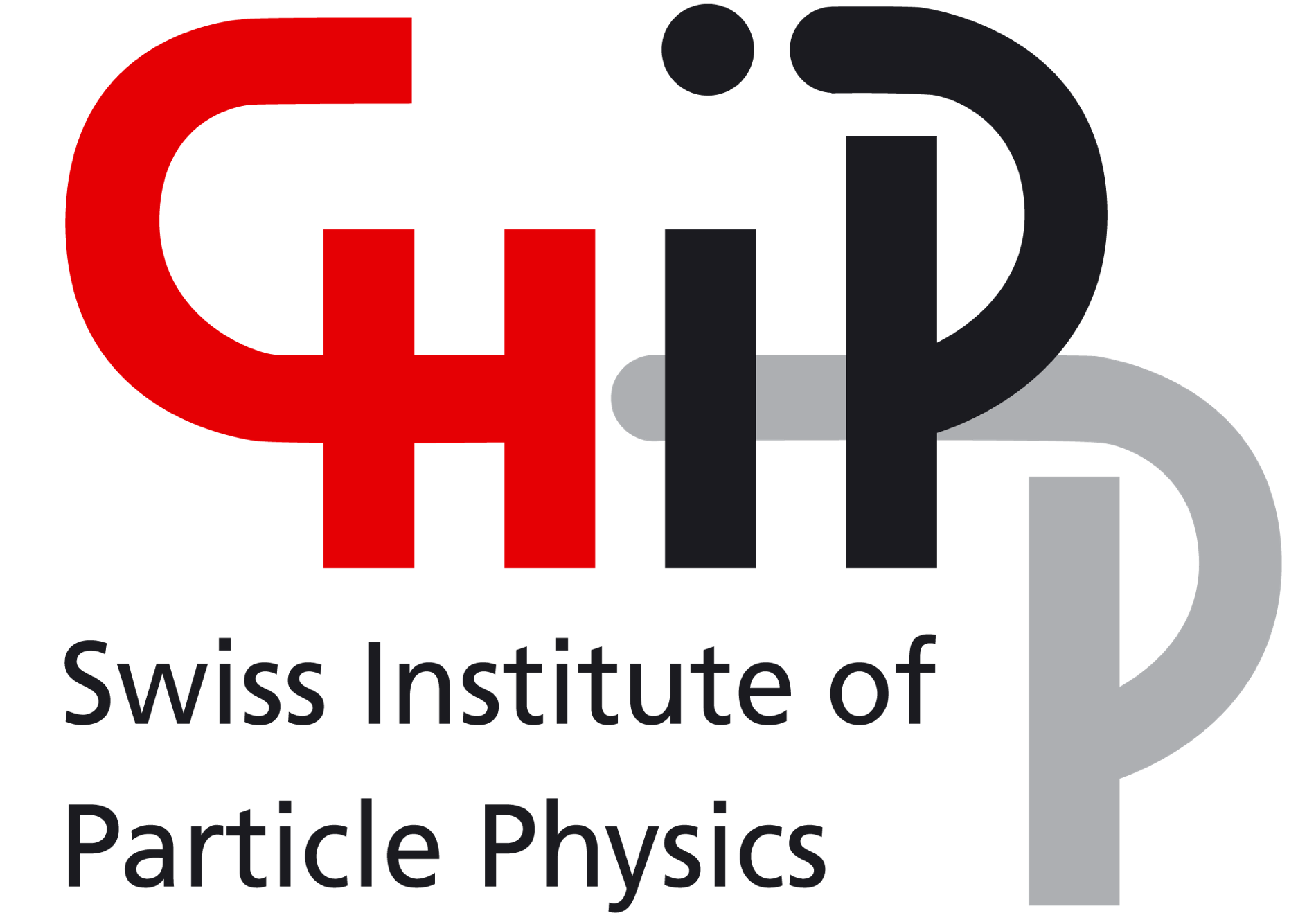CHIPP prize 2024: When physics comes to life
for neutrino expert Gabriela Rodrigues Araujo
Congratulations to Gabriela Rodrigues Araujo, this year’s winner of the CHIPP prize for the best thesis in particle physics! Gabriela is a neutrino explorer – exploring those events whose particular feature is a lack of neutrinos. She knows almost everything there is to know about the shy little beasts that cross our paths in abundance without us noticing and she’s set to find out even more. Currently a postdoc at the University of Zurich, she leads the R&D efforts in imaging techniques for PALEOCCENE, a collaboration she helped initiate and advance.

In her career as a particle physicist that started in her native Brazil, Gabriela has already been involved in four different experiments that focus on different aspects of neutrino physics (btw if you’d like to read up on neutrinos and why studying their elusive properties is so fascinating check here): GERDA, LEGEND, MONUMENT and PALEOCCENE. As an experimentalist she feels at home both in detector development and in data analysis; on top of that she is also a keen science communicator constantly seeking to expand her skills.
And yet she started out in engineering. "Because of the way physics was taught at my school – dry and boring – I didn’t consider it an option,” she says. Things took a right turn at university with the physics lectures needed for her engineering studies: “Suddenly physics came to life and all the equations I had had to learn by heart made perfect sense. I started to really appreciate it, took all the physics courses there were and started working for a cosmic ray observatory.” A scholarship exchange programme took her to the Technical University of Munich where she did her BSc and MSc degrees in physics.
She started out investigating dark matter before gradually sliding into her current field of expertise, neutrinos. “I worked on liquid-Argon detectors, so the concepts and technology were very similar,” she explains. Her first neutrino experiment was GERDA at the Gran Sasso Laboratory in Italy, which looks for a phenomenon called neutrinoless double beta decay. If found, it could shed light on the mass of the neutrino and whether they are their own antiparticle – which in turn could help explain why matter dominates over antimatter in our universe. “GERDA was just finishing when I joined, so for my thesis I looked at so-called legacy data and did R&D for the follow-up experiment, LEGEND,” Gabriela explains. GERDA uses Germanium crystals suspended in a bath of cold liquid Argon to find telltale signs of the rare decay.
After the ultra-clean and nearly background-free data from these two experiments, the next one she joined was quite the opposite: MONUMENT, located at PSI, uses muons to explore nuclear transitions. Although MONUMENT uses a similar kind of detector and targets relevant to neutrinoless double beta decay, the experiment's approach of shining muons on a target generates a dense spectrum of physical processes. These yield a variety of features and background noise. “My job was to look for certain processes and identify the interesting data among the background,” she says. Unlike the 100 people GERDA and the 300-people LEGEND collaborations, MONUMENT is rather small with only 25 people in the collaboration. The prizewinner sums it up like this: “It’s great having worked in big as well as small experiments; on the way towards my PhD and now during my postdoc I really get to see how everything works – and do it as well.”
Some time during her PhD, when she was busy doing studies for the LEGEND experiment using a particular type of microscope to analyse prototypes, she heard a talk by a theorist about the possibility to use passive detectors for finding traces of dark matter or a process called coherent elastic neutrino-nucleus scattering (CevNS) through specific interactions with matter. However, the talk didn’t show experimental tests of the challenge. Gabriela realised she had a solution quite literally under her nose: the light-sheet fluorescence microscope developed in the lab where she was working. The PALEOCCENE collaboration to develop particle detectors readout by fluorescence microscopy was born.
The passive detectors are crystals, which are left alone for a while and then studied under the microscope. Specific events can kick atoms out of the crystal, leaving a coloured spot. Different colours indicate different particles and the special microscope provides a sharp 3D image of something that you wouldn’t normally see in optical wavelengths. However, it’s early days. “We’re really at the R&D stage for this,” the researcher says. “We are also looking at a possible application for society as it could be used as a nuclear safeguard. It could monitor the non-proliferation of fissile materials and ensure countries comply with nuclear treatise.”
Her thesis supervisor Laura Baudis is proud of her work and forecasts a bright future: “Gabriela made significant contributions to several experiments and she even initiated a new, interdisciplinary project in our group, to employ light sheet microscopes for neutrino and dark matter detection. Already at this stage of her career she is an independent and well-regarded researcher in experimental astroparticle physics and clearly she has the potential to develop into a leader in this field.”
Gabriela is also very keen to share her passion for neutrino science with other people outside the field and happy that the University of Zurich fosters these activities. She’s successfully competed in the “three-minute thesis” and Famelab competitions and really enjoys it. “I am happy to talk to people about my science!” She’s also engaged in the Zurich “First Gen” network of people who are the first generation of their families to attend university.
Barbara Warmbein



